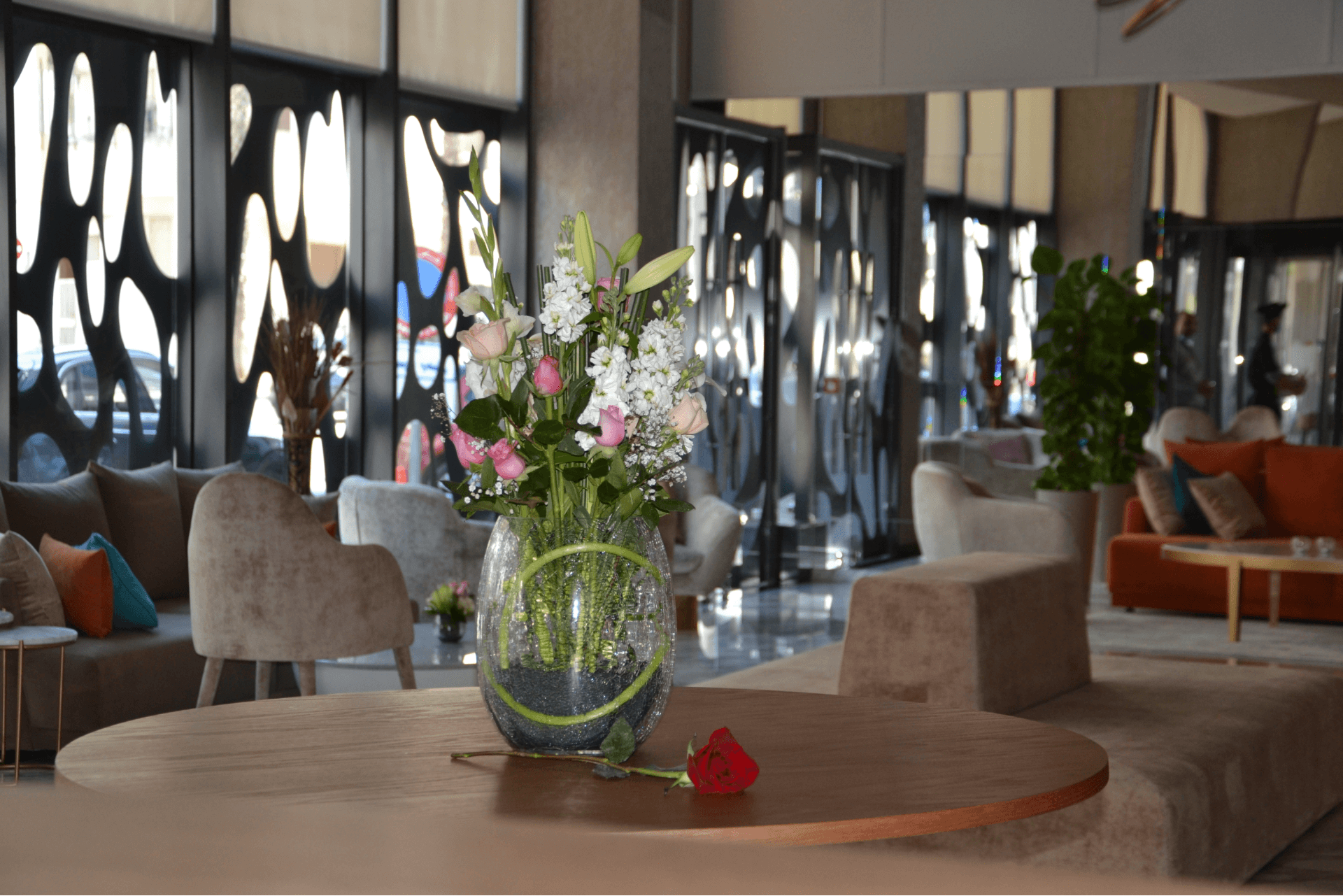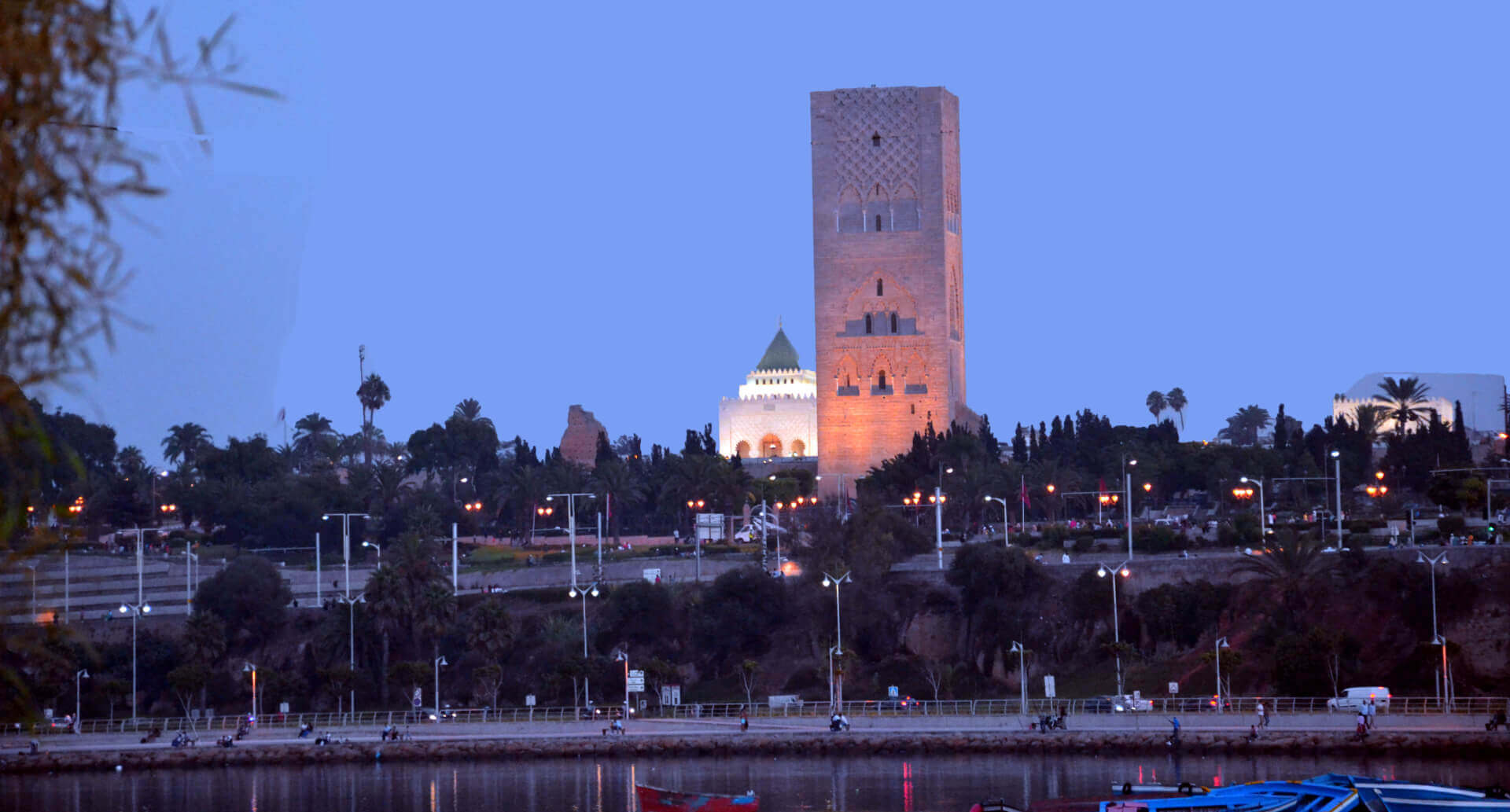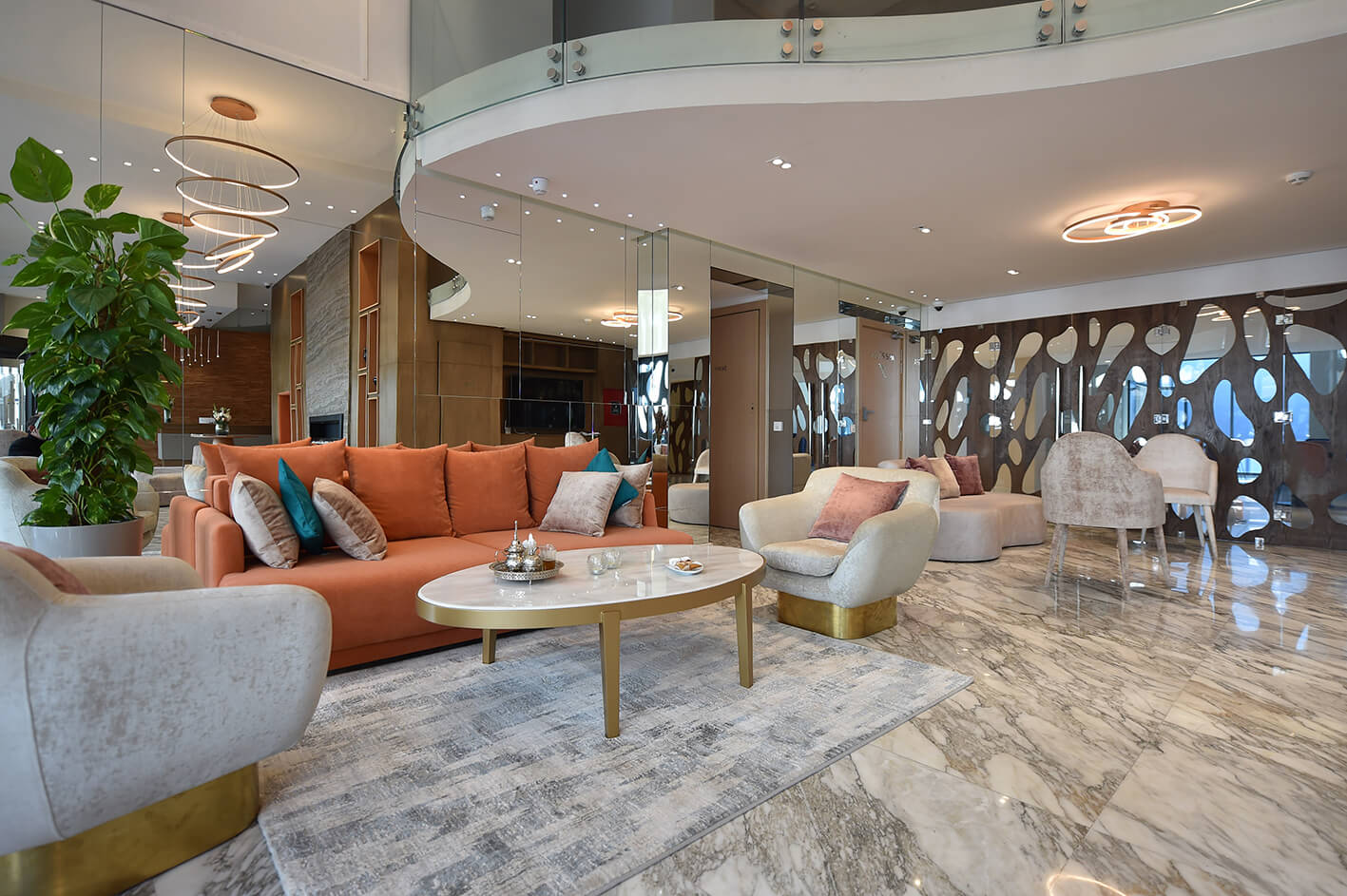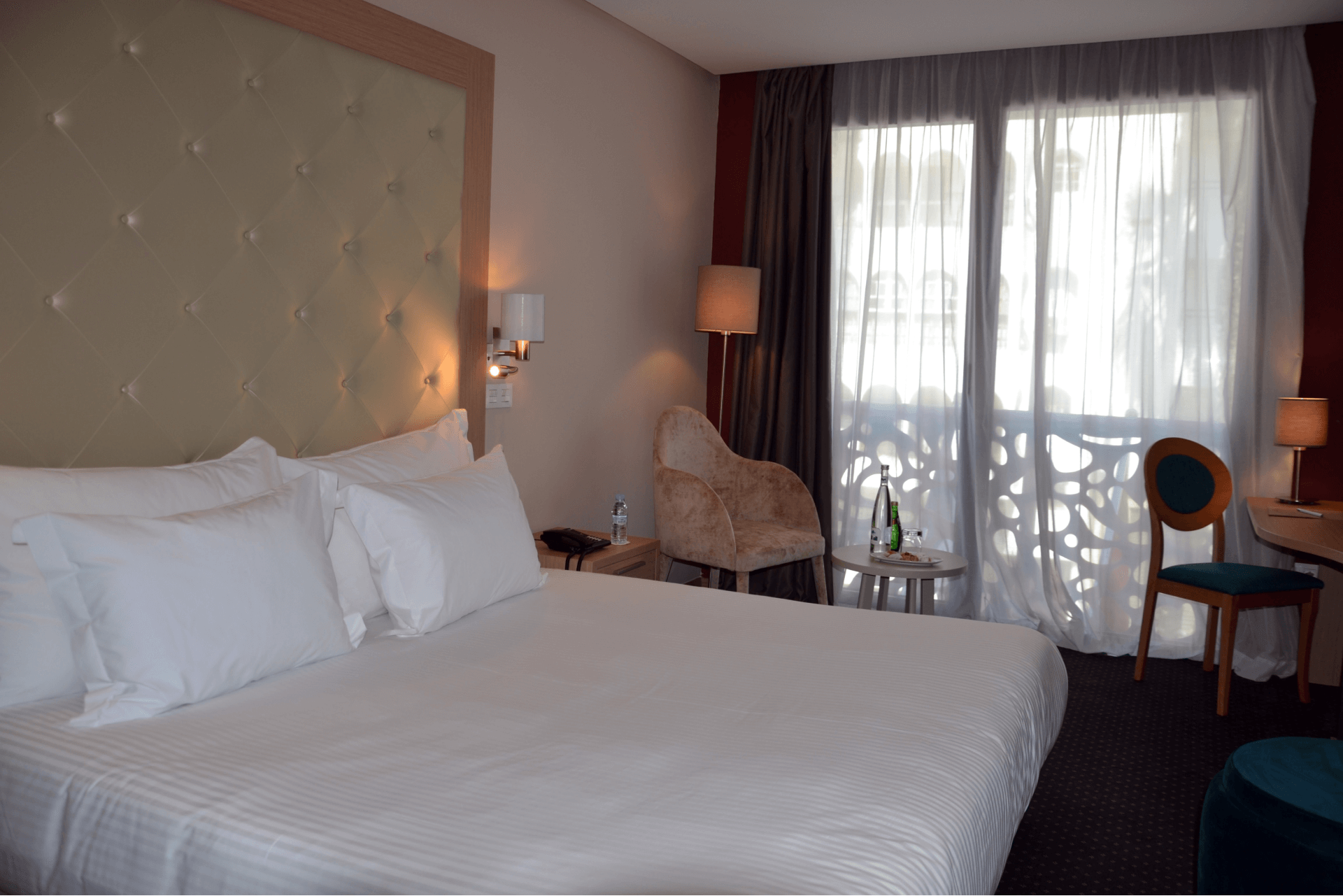Tourism and Activities
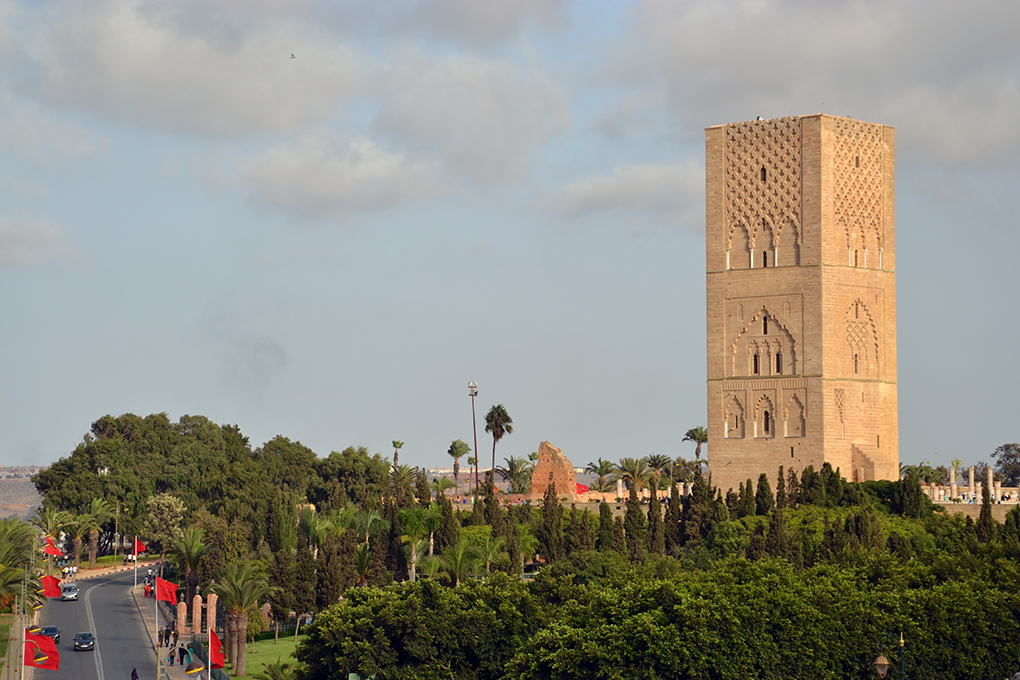
The Agdal district, mainly residential at the start of the 20th century, has over the years become the main crossroads in Rabat. With its shops, snacks and restaurants, sports halls, cultural centers and galleries, it is a must for life in the capital. Michlifen Avenue, where the Flower Town Hotel is located, is one of the quietest in the midst of this never-ending bustle. 1km5 from the TGV station, barely 2 km from the administrative center and close to the main health centers, its location is ideal for all trips; business, tourism, medical and / or family. The nearest tram station, Avenue de France, is 500 meters away. Small taxis commute between the different districts of Rabat and Salé - at any time of the day and night.
If the site has been known since antiquity, the history of Rabat is not part of a constant progression but is characterized by an alternation of shadows and lights.
In Chellah, the Romans, well known for choosing the best sites, had set up a colony on the banks of the Sala river which became Salé. Then it was the site of a "Ribat" fortress installed on the route of conquests in the 12th century that became Rabat. At the same time, the genius of a visionary sultan is at the origin of an immense mosque, never completed, ruined by the earthquake of 1785, of which there remains the Hassan Tower, symbol of Rabat. Between sea and valley, the fortress known as Kasbah des Oudayas, haunt of Andalusian corsairs in the 17th century, took this name in the 19th century to become the most visited tourist site in Rabat.
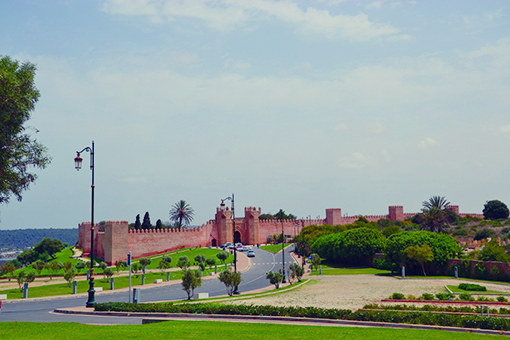
Main tourist sites
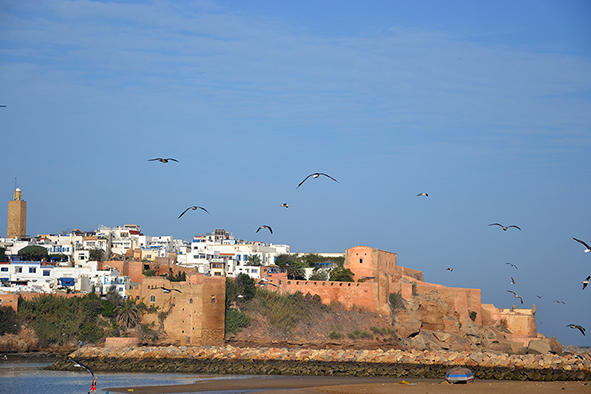
The Kasbah of the Oudayas

The Mausoleum of King Mohamed V

The Mohammed VI Museum of Contemporary Art

The Hassan Quarter with the Palace and all the administrative infrastructures surrounded by greenery

The TGV Station of Rabat - Agdal

The Badr mosque near the hotel
Gallery


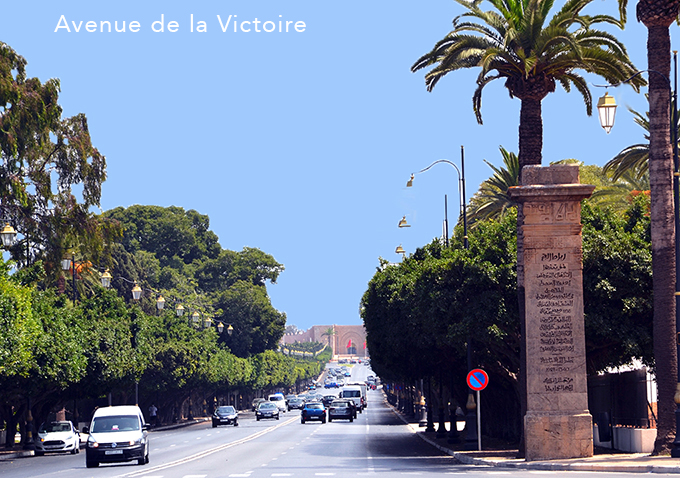

 FR
FR
 EN
EN
